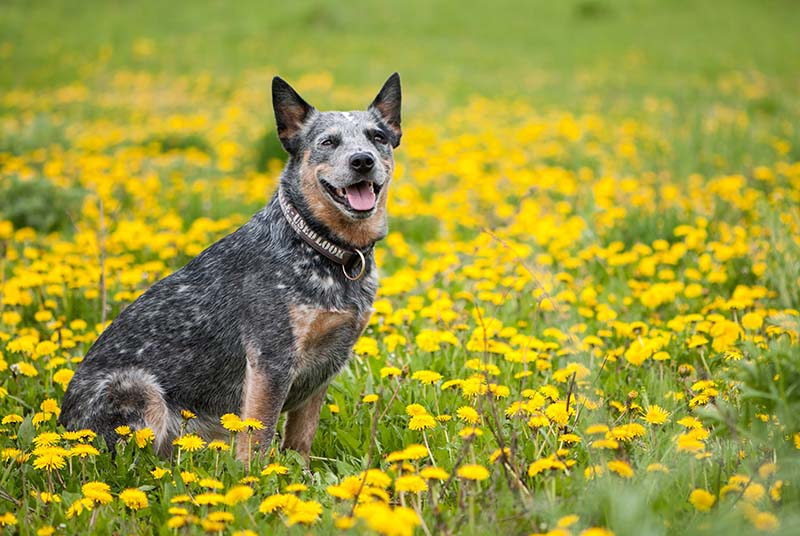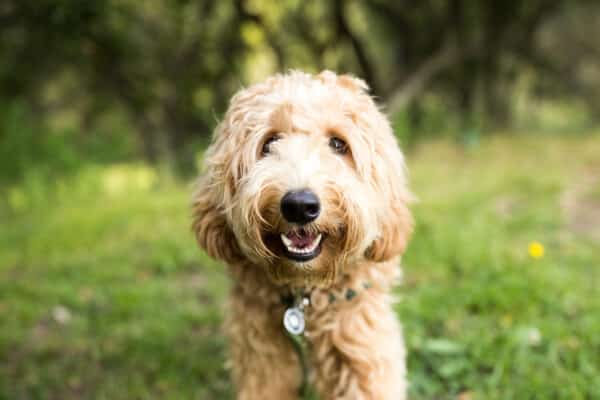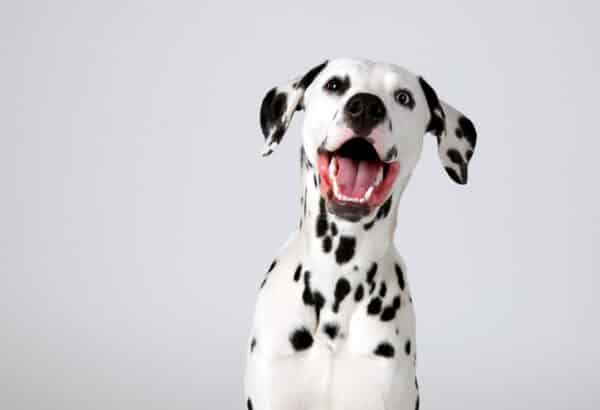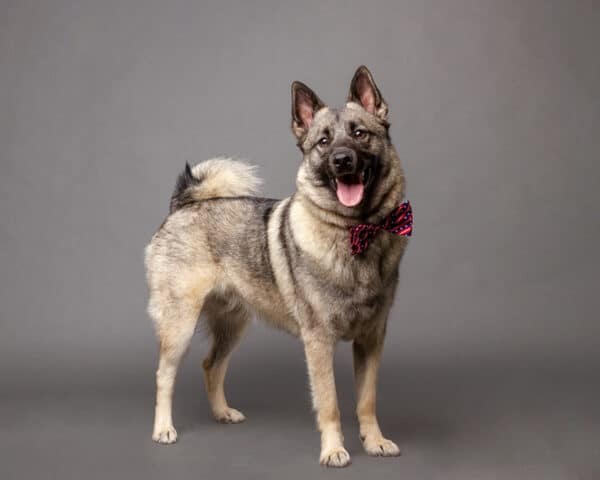Quick Facts
- Weight: 30 – 35 pounds (13.61 – 15.88 kg)
- Height: 17 – 20 inches (43.18 – 50.80 cm)
The Look of an Australian Cattle Dog (Blue Heeler)

Australian Cattle Dogs are solid, sturdy and compact dogs with an alert, ready-to-work stance. Slightly longer than tall with curved, hanging tails, they have muscular legs and strong necks and broad, somewhat rounded heads with pointy ears. Their dense, weather-resistant coats come blue speckled or red speckled—both with possible dark or tan markings.
Traits
- Alert and protective
- Intelligent and cunning
- Easily bored
- Hard-working
Ideal Human Companion
- Singles
- Active, sporty types
- Families
- Hunters
- Cattle breeders
What They Are Like to Live With
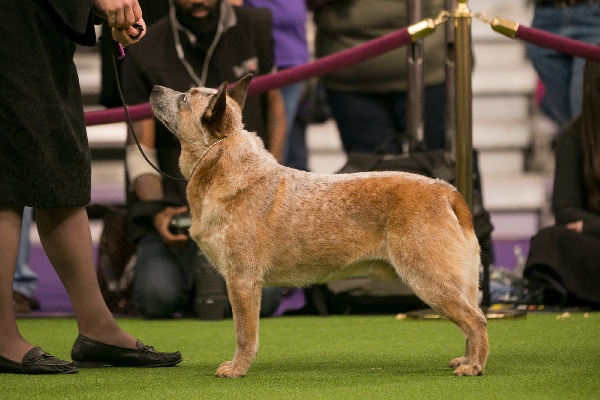
Australian Cattle Dogs are high-energy, intelligent and active. Not content with sitting around the house for hours on end, these dogs will encourage you to take them outside for exercise, play and work.
Being herders, Australian Cattle Dogs can be one-person dogs. They also have a unique independence, not requiring much in the way of cuddling or affection. Though tough and resolute, they will definitely appreciate praise and good treatment. Sometimes their herding instincts come into play at home. They may “herd” family members or nip lightly at heels if they want something.
Not particularly loud, they are still very protective of the home. Australian Cattle Dogs can be cautious and wary—qualities that make them excellent watchdogs.
Things You Should Know
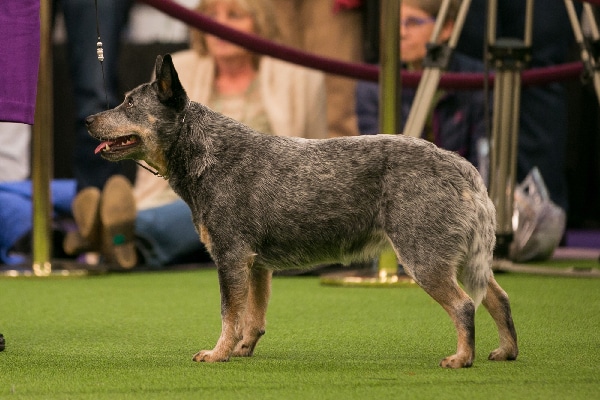
Australian Cattle Dogs need activities, tasks and lots of room to run; therefore, they are probably not suited for apartment living. Without open spaces and jobs to do, they can get into mischief and destructiveness. Easily trained, they need a firm hand controlling them so that they don’t bond with another dominant dog in the neighborhood.
Some Australian Cattle Dogs may have the urge to nip. A toy can solve this problem. Just be sure it’s a tough one: These dogs can tear a typical dog toy to shreds in one sitting.
Unless you live on a ranch, plan on keeping your Australian Cattle Dog on a leash. They are very curious and love to run and roam. Also, they can have issues with dogs they don’t know very well.
A healthy Australian Cattle Dog can live as long as 15 years. Common health issues can include eye problems, hip dysplasia and deafness.
Australian Cattle Dog History
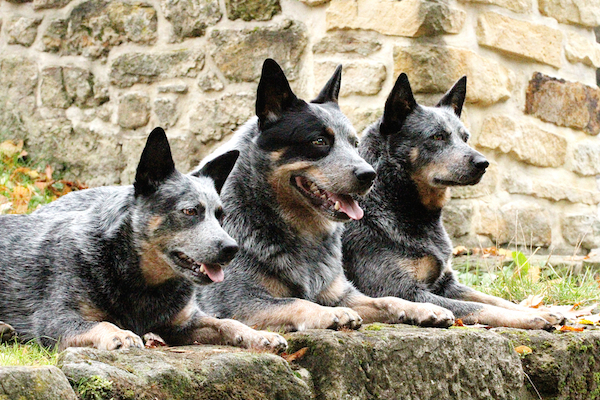
Australian George Elliott, by crossing native Dingoes with Collies and other herding dogs, developed the Australian Cattle Dog in 1840. Australian cattlemen were impressed with the breed’s toughness and work ethic, and they quickly became popular as cattle herders. Called Australian Heelers, Blue Heelers and Queensland Heelers for a time, they eventually became known as Australian Cattle Dogs. Registered by the AKC in 1980 after years categorized as a miscellaneous breed, Australian Cattle Dogs continue to be popular with ranchers and cattlemen as well as regular pet owners.
Featured Image Credit: Iryna Dobrovynska, Shutterstock

